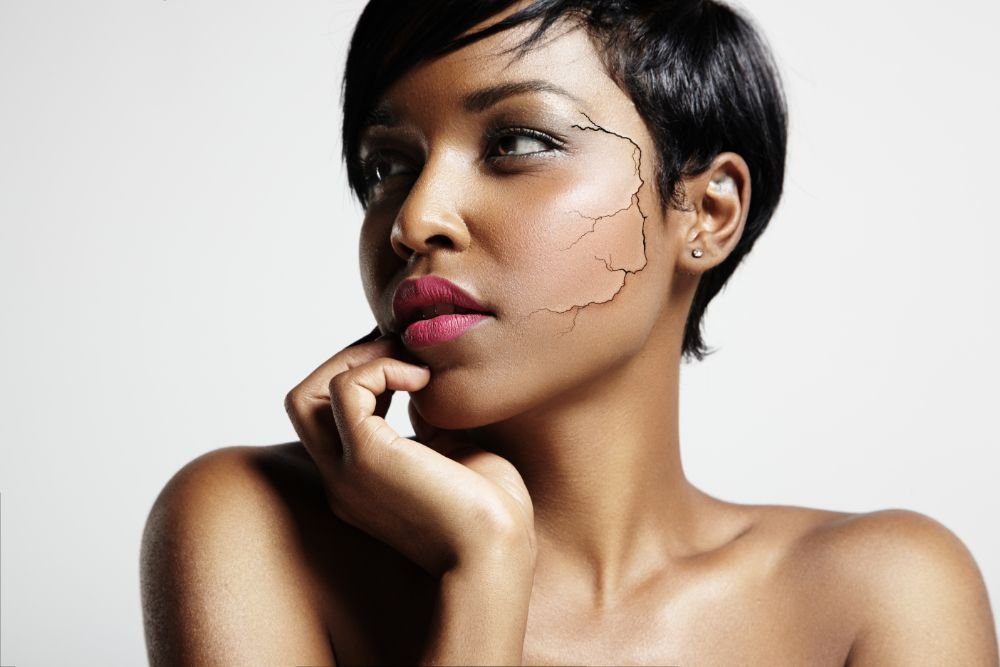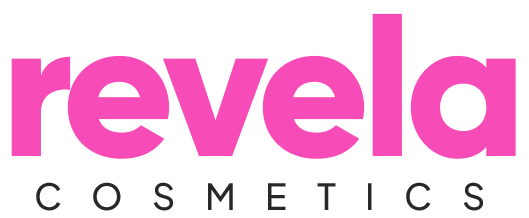In today’s fast-paced beauty market, consumers are inundated with choices for skincare products that promise flawless skin, quick fixes, and youthful glow. But as the demand for skincare grows, so does the rise of counterfeit products. Fake skincare is a serious concern in many parts of the world, including Kenya, where counterfeit beauty items often look identical to well-known brands, but without the quality and safety standards. These products might seem like a good deal, but they can come with hidden dangers that could harm not only your skin but also your overall health.
Here’s what you need to know about fake skincare products, how to identify them, and why buying from trusted sources is essential.
The Dark Side of Fake Skincare Products
Counterfeit skincare products are often made with harmful, low-quality ingredients and lack the strict quality control and testing that genuine products undergo. These products are commonly sold in informal markets and online stores, with packaging designed to mimic trusted brands. However, the ingredients inside are anything but safe.
Common Ingredients in Counterfeit Skincare Products
Fake skincare products are manufactured cheaply, with an emphasis on profit rather than quality. Some of the harmful ingredients often found in counterfeit products include:
- Mercury: A toxic heavy metal that can cause skin discoloration, rashes, and even organ damage over time. Mercury is especially dangerous as it accumulates in the body.
- Hydroquinone and Steroids: These ingredients are sometimes present in dangerously high concentrations, leading to skin thinning, scarring, and long-term damage with continuous use.
- Unregulated Bleaching Agents: Many fake products promise rapid skin lightening but contain unapproved and unregulated bleaching agents that can cause burns, sensitivity, and, ironically, darkening of the skin in the long run.
- Unknown Preservatives and Fillers: Counterfeit products often lack proper preservatives, which means they can quickly become breeding grounds for bacteria. These contaminated products can lead to severe infections, allergic reactions, and breakouts.
Health Risks of Using Fake Skincare Products
The consequences of using counterfeit skincare are more than just skin deep. Here are some potential health risks associated with fake beauty products:
- Severe Skin Reactions: Without proper formulation and testing, counterfeit products can cause intense allergic reactions, rashes, redness, and itching. These reactions are often severe because of the presence of unknown allergens or high levels of harmful chemicals.
- Hyperpigmentation and Scarring: Using products with unregulated bleaching agents or excessive hydroquinone can damage your skin’s natural pigment, leading to dark patches, uneven skin tone, and scarring.
- Infections and Long-term Skin Damage: Poor-quality fillers and bacteria-prone formulations can cause infections that, when left untreated, may result in scarring or require medical intervention.
- Internal Health Problems: Prolonged exposure to heavy metals like mercury or lead can result in more than just skin damage. These substances can accumulate in the body, causing headaches, cognitive issues, organ damage, and other systemic health problems over time.

How to Spot Fake Skincare Products
It’s often difficult to identify counterfeit products at a glance, as manufacturers go to great lengths to make them look like genuine products. Here are a few ways to spot the difference:
- Price that’s Too Good to be True: If a product is selling at a significantly lower price than usual, it’s likely a fake. Genuine skincare products have fixed prices, so deep discounts on unofficial sites or vendors are a red flag.
- Suspicious Packaging: Look for spelling errors, blurry logos, and off-color printing. Authentic brands take great care in their packaging, and even small errors can be a sign of a counterfeit.
- Odd Texture or Smell: Fake skincare products may have an unusual texture, color, or scent. If the product feels, looks, or smells different from what you’re used to, it could be counterfeit.
- Purchase Location: Stick to reputable stores, official websites, or authorized retailers. Avoid buying skincare from unverified online vendors or street markets.
Protect Yourself by Choosing Trusted Brands
To ensure your safety, always buy skincare products from reliable sources that you know you can trust. Look for brands that openly share their quality assurance processes and ensure that their products are dermatologist-approved, hypoallergenic, and made with safe ingredients.
When you choose a trusted skincare brand, you’re investing in products that are tested, safe, and effective. A reputable skincare company is transparent about its ingredients, manufacturing standards, and the benefits of each product. It’s worth spending a bit more to know that what you’re putting on your skin is safe and won’t harm your health.
In Conclusion
Fake skincare products may seem tempting because of their lower prices, but the risks far outweigh the savings. By educating yourself and purchasing only from trusted sources, you can protect your skin and health from the dangers lurking in counterfeit skincare products. At the end of the day, genuine skincare is about more than beauty – it’s about ensuring your safety and well-being.
Remember, your skin deserves the best! Make the choice to stay informed and support reputable brands that value quality and authenticity.



